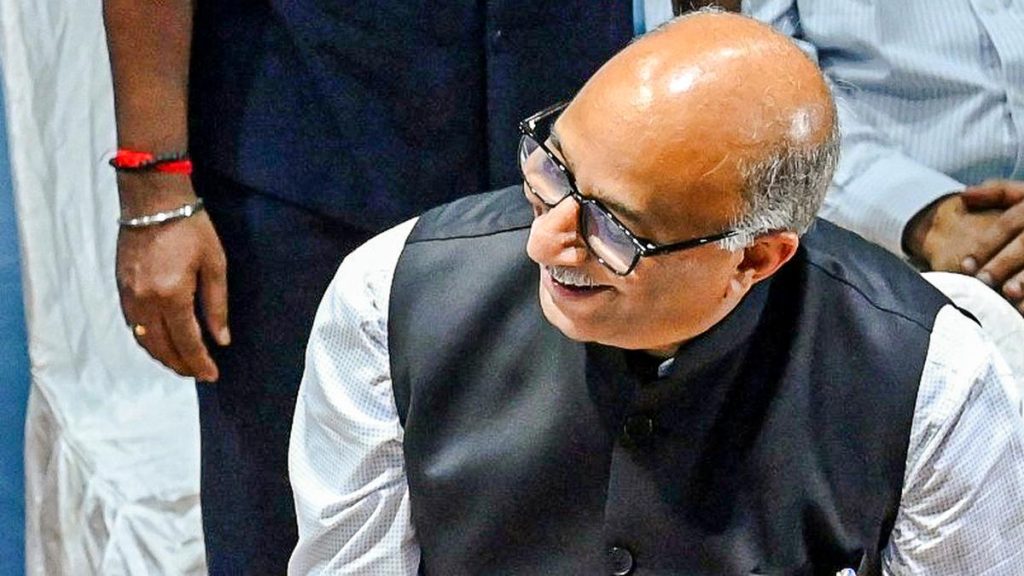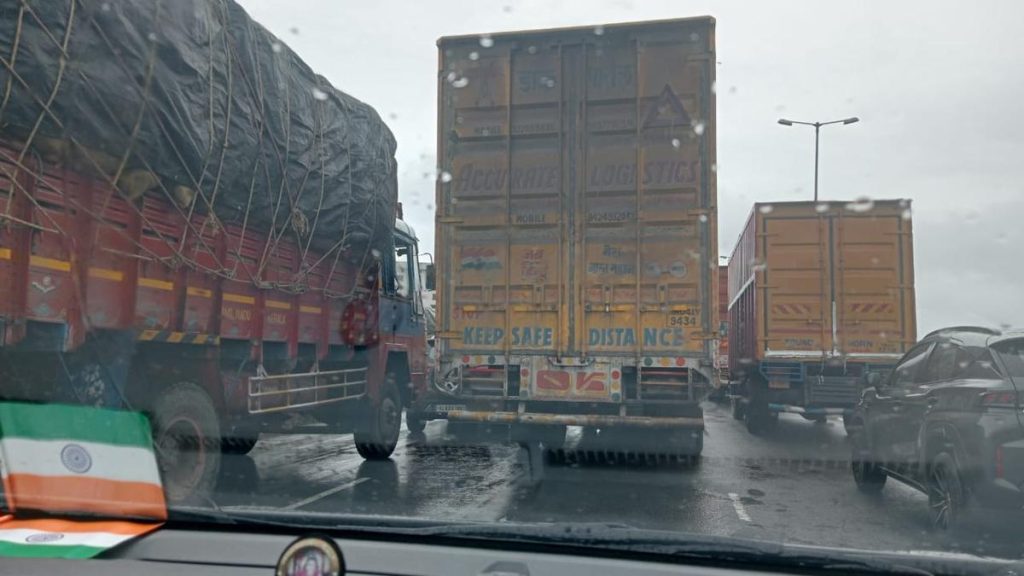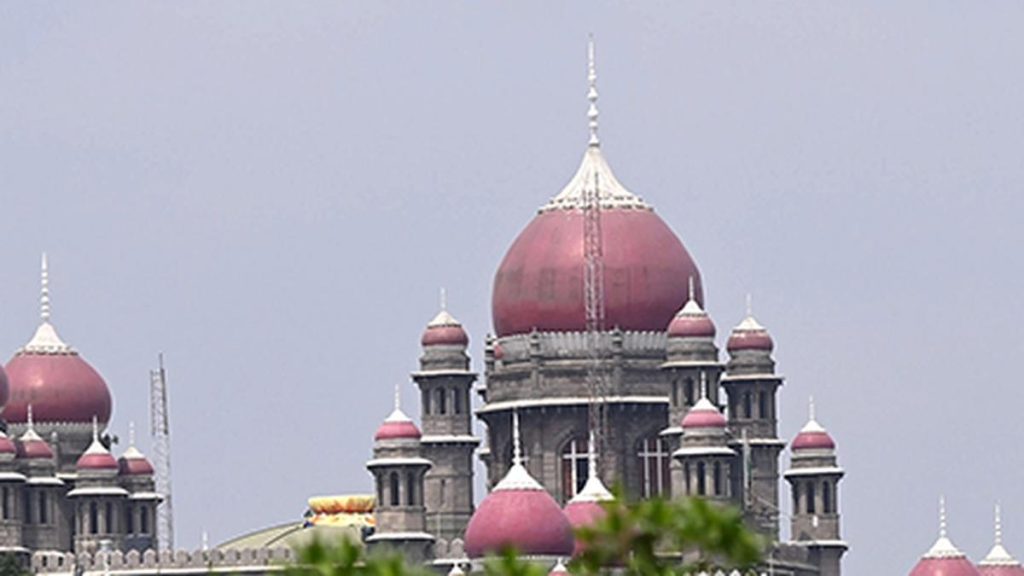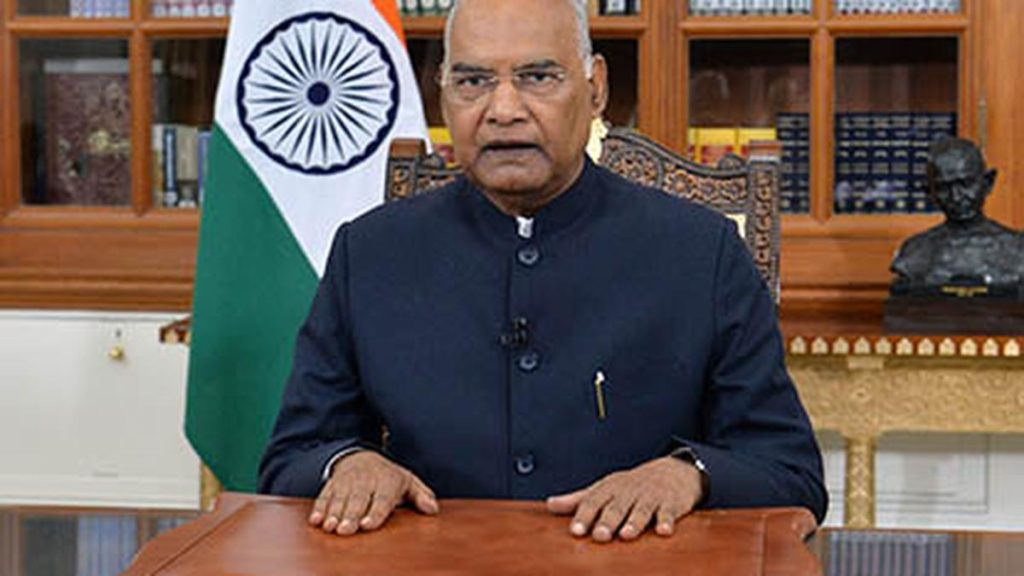Now Reading: Tracing Swiss, Finnish, and Swedish Influences in Chennai’s History | Madras Day 2025
-
01
Tracing Swiss, Finnish, and Swedish Influences in Chennai’s History | Madras Day 2025
Tracing Swiss, Finnish, and Swedish Influences in Chennai’s History | Madras Day 2025
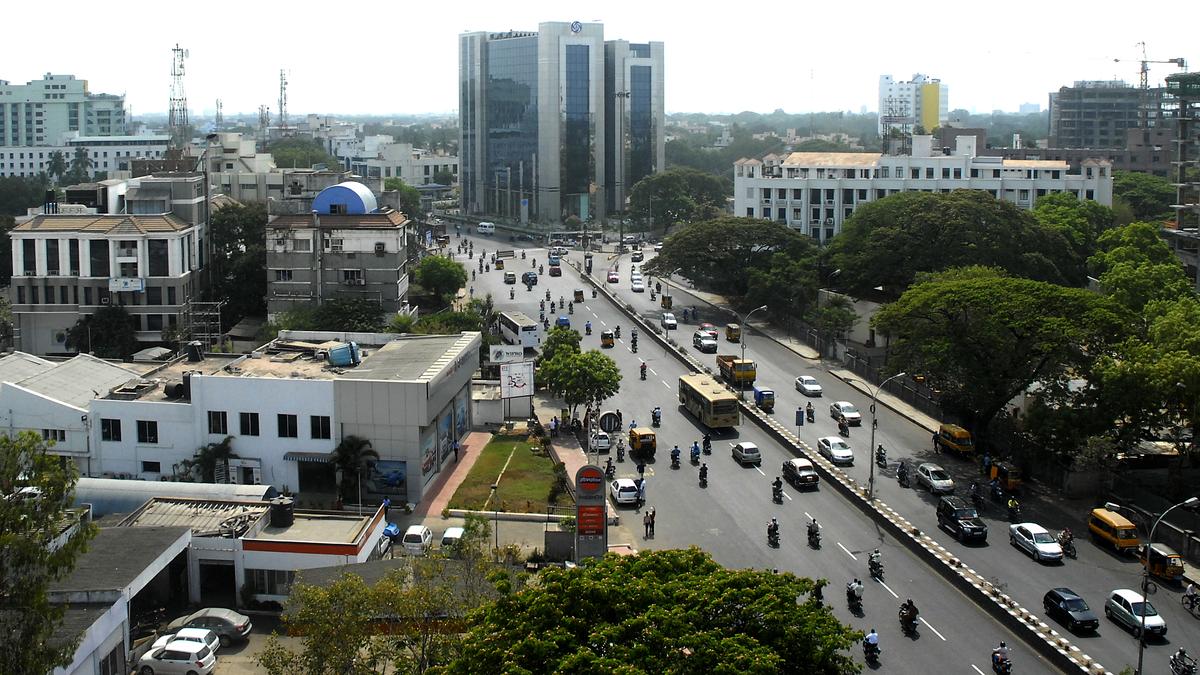
Swift Summary
- European involvement with Madras began as early as the colonial era, with Swedes playing ecclesiastical and educational roles in the region.
- Rev.Johann Kiernander, an 18th-century Swedish missionary, served across Madras, Cuddalore, and Calcutta.
- Swedish trade influence included consular agents since the 1880s in Madras.
- The Halda Junction,housing a typewriter factory by the Rayala family in collaboration with Sweden’s Atvidabergs Group (later Facit AB),operated from the 1950s to 1970s. It was known for supporting Indian language options on its machines but ranked third behind competitors Remington & Rand and godrej & Boyce.
- The industrial base at Guindy owes much to Halda’s presence. Similarly, social entrepreneurship initiatives like WORTH Trust – aiding persons cured of leprosy – were supported by Halda’s light engineering orders during its inception.
- Swedish-founded WIMCO (Western India Match Company) considerably influenced chennai’s northern industrial sector beginning in the 1920s.Though ITC acquired and later shut down its tamil Nadu unit, WIMCO Nagar station remains a ancient reference point.
- Swiss involvement includes Integral Coach Factory (ICF), established through a collaboration between Indian Railways and Swiss Railcar and Lift Factory Corporation in 1955 at Perambur for manufacturing rail coaches used until around 2018.
Indian Opinion Analysis
The news articulates lesser-known but important contributions of European countries-particularly Sweden-to India’s early socio-industrial landscape. Projects like Halda Junction illustrate how technological ventures can lay groundwork for broader industrial clusters while fostering meaningful societal change through collaborations such as Worth Trust’s labor initiatives.
Furthermore, places like WIMCO Nagar or historical names like ICF stand testament to enduring legacies tied to global partnerships that fueled urban advancement and India’s self-reliance post-independence. As industries transform or vanish over time due to technological advancements or economic shifts (e.g., Nokia or typewriters), these stories offer context about how external influences molded India’s multi-layered progress.


